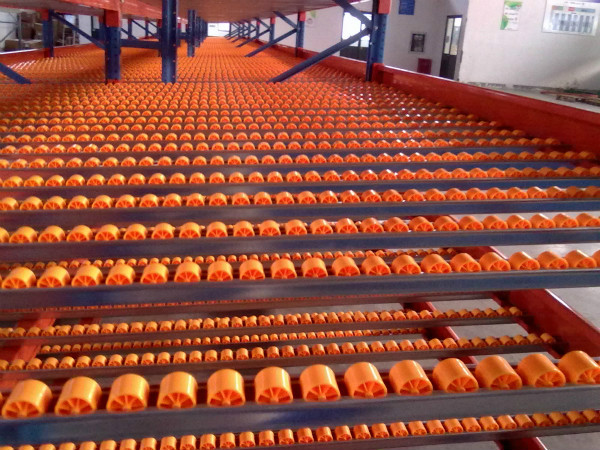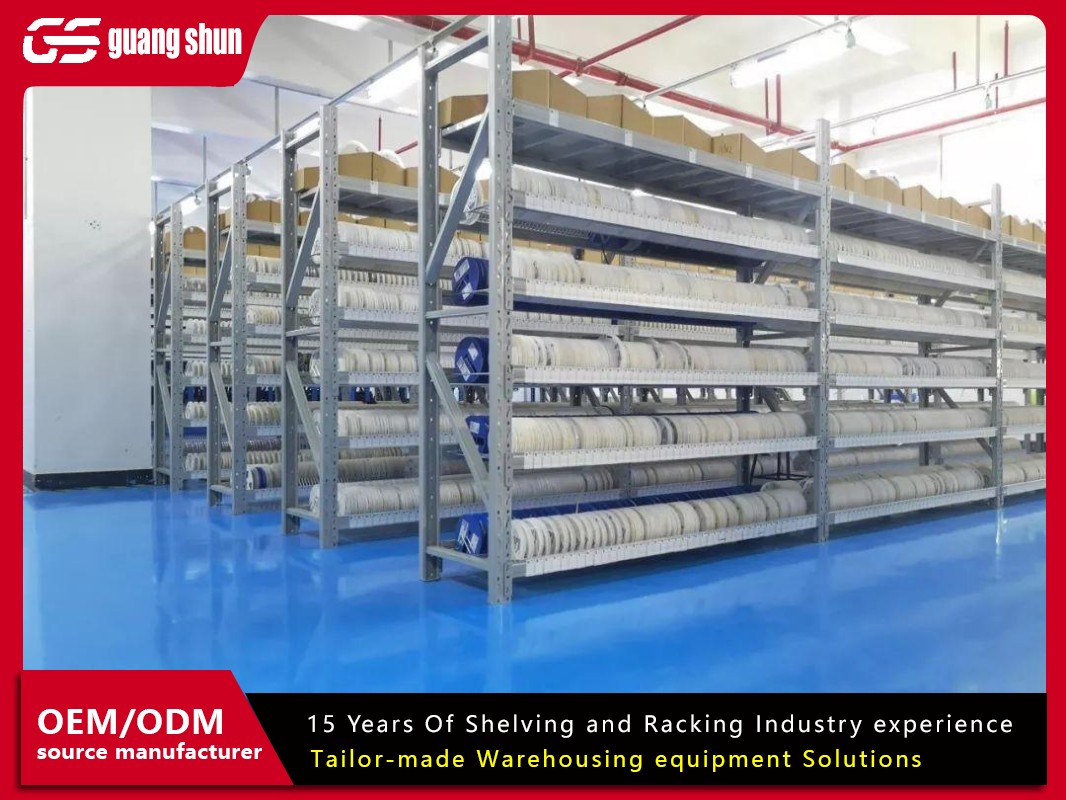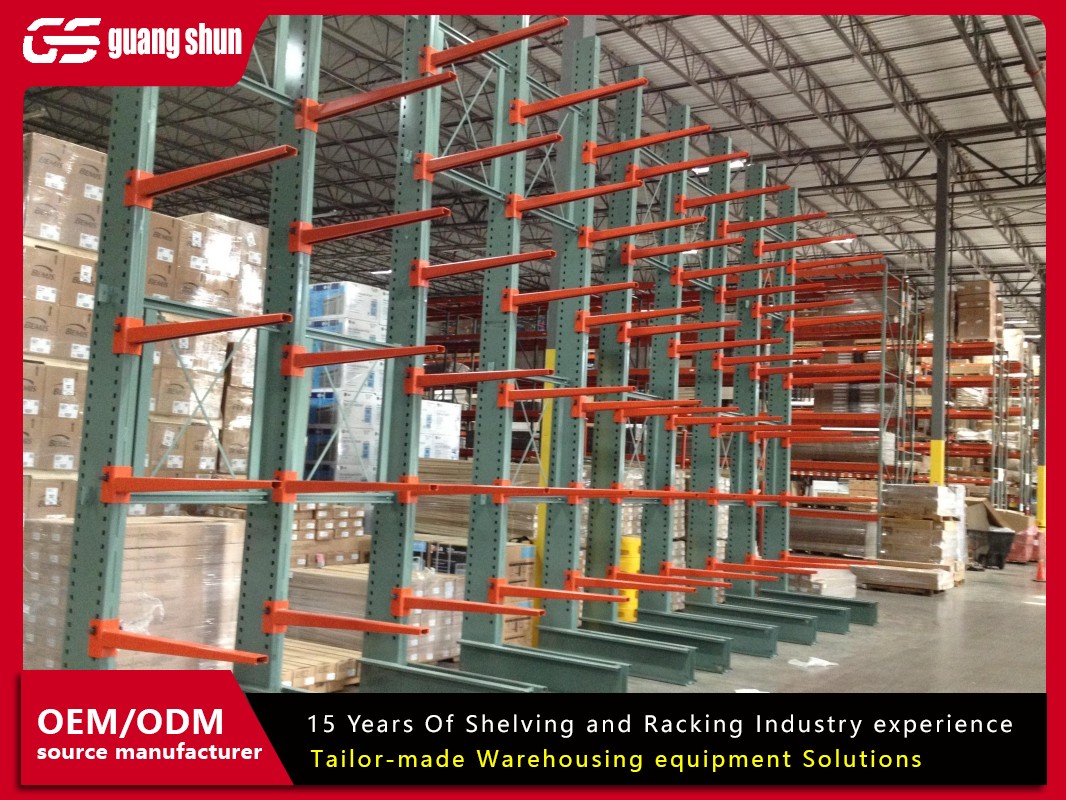Feeling overwhelmed by clutter? You're not alone. Whether it's a cramped garage, a disorganized warehouse, or a messy office, a lack of proper storage is a universal problem. The right shelving and storage systems can be a game-changer, transforming chaotic areas into models of efficiency. But with so many options available, how do you pick the best one? This article breaks down the process into ten actionable tips to help you select the perfect storage and shelving solutions for your specific needs.

1. Start with a Thorough Assessment
Before you even look at different types of shelving and storage systems, you need to diagnose the problem. A quick audit of your space will save you time and money down the line.
What are you storing? Make a list. Are they heavy toolboxes, lightweight boxes of archives, bulky seasonal decorations, or small, frequently used office supplies? The weight, size, and fragility of your items are the most critical factors.
How much space do you have? Grab a tape measure. Note the length, width, and, most importantly, the height of the available area. Don't forget to account for door swings and walkways.
What is the environment like? Is the space prone to humidity, dust, or temperature fluctuations? A garage or basement has different requirements than a climate-controlled office.
2. Understand the Core Types of Shelving
Not all shelving and storage systems are created equal. Familiarizing yourself with the main categories will narrow your choices significantly.
Freestanding Shelving Units: These are the most common and versatile systems. They are self-supporting and can be placed anywhere in a room. They come in various materials, including particleboard, solid wood, and metal, and are ideal for retail spaces, offices, and homes.
Heavy-Duty Industrial Shelving: Built from rugged steel, these systems are designed to hold substantial weight. They often feature braced frames and thick, reinforced shelves, making them perfect for warehouses, garages, and industrial facilities storing heavy parts and equipment.
Modular Storage Systems: These are the ultimate in flexibility. They often consist of upright posts and interchangeable components like shelves, bins, drawers, and cabinets. You can configure and reconfigure them as your needs evolve, making them a smart long-term investment.
3. Match the Material to the Mission
The material of your shelving and storage systems directly impacts their durability, appearance, and suitability for the task.
Steel and Metal: This is the go-to choice for strength and longevity. Powder-coated steel resists rust and is easy to clean, ideal for demanding environments. Wire shelving, a subset of metal systems, offers excellent visibility and airflow.
Wood: Wooden shelving units offer a classic, aesthetically pleasing look. They are great for offices, libraries, and living areas where appearance matters. However, they may not withstand heavy industrial loads or moisture as well as metal.
Plastic and Laminate: These materials are lightweight, resistant to moisture and corrosion, and often the most affordable option. They work well for light-duty storage in pantries, closets, or areas where cleanliness is a priority, like laboratories.
4. Don't Underestimate Weight Capacity
This is perhaps the most crucial technical consideration. Every shelf has a load rating, and exceeding it is a safety hazard. When evaluating heavy-duty shelving and storage systems, always look for the manufacturer's specified weight capacity per shelf. Add up the estimated weight of the items you plan to store on a single shelf and ensure it falls comfortably within this limit. It's always better to choose a system with a higher capacity than you think you'll need.
5. Maximize Your Vertical Space
Many people fail to utilize the most abundant resource they have: vertical air space. The right shelving and storage systems capitalize on this.
Go Tall: If your floor space is limited, install tall units that reach near the ceiling. This is a classic strategy for garages and warehouses.
Consider Mezzanines: For commercial and industrial settings, a mezzanine floor effectively doubles your storage area by creating a second level above the first. It's a significant investment but can dramatically increase storage square footage without expanding the building's footprint.

6. Plan for Accessibility and Workflow
Your storage shouldn't be an obstacle course. Think about how you and your team will interact with the shelving and storage systems daily.
The Golden Zone: Place frequently accessed items on shelves between waist and eye level. Heavier items should also be stored in this zone to avoid awkward lifting.
Aisle Width: Ensure there is enough space between shelving units for people and equipment to move through safely. In a warehouse, this might mean accommodating a forklift; in an office, it means comfortable passage for an employee with a cart.
First-In, First-Out (FIFO): For inventory management, consider storage systems like rolling shelf carts that facilitate a FIFO system, ensuring older stock is used first.
7. Factor in Adjustability and Future Growth
Your storage needs today might not be the same as your needs in two years. Adjustable shelving and storage systems provide the flexibility to adapt without buying entirely new units. Look for systems where shelf heights can be easily reconfigured with simple clips or pins. This allows you to accommodate tall, bulky items one year and shorter bins the next.
8. Integrate Bins, Baskets, and Drawers
Shelves are just the framework. To truly conquer clutter, incorporate containers into your shelving and storage systems.
Bins and Totes: Perfect for grouping small, loose items like hardware, toys, or seasonal clothing. They keep dust out and make contents portable.
Drawer Inserts: Adding drawers to a shelving unit is an excellent way to store tools, parts, or documents that need to be protected and organized in compartments.
Label Everything: No storage system is complete without a labeling strategy. Clear labels on shelves and bins ensure everyone knows where items belong and where to find them, maintaining order over the long term.
9. Prioritize Safety and Stability
A collapsed shelf is more than an inconvenience; it's dangerous. Proper installation is non-negotiable for heavy-duty shelving and storage systems.
Secure to the Wall: Most freestanding units, especially tall ones, should be anchored to wall studs to prevent tipping.
Load Evenly: Distribute weight evenly across each shelf and avoid placing all the heavy items on one side of the unit.
Don't Overload: Revisit the weight capacity guidelines. The structural integrity of your storage and shelving solutions depends on it.
10. Set a Realistic Budget
Shelving and storage systems range from inexpensive, DIY-friendly options to custom, commercial-grade installations. Determine your budget upfront, but think of it as an investment. A slightly more expensive, durable system that lasts 20 years is a better value than a cheap one that fails in five. Consider the total cost, including any additional accessories like bins, lighting, or installation fees.
Choosing the right shelving and storage systems is a strategic decision that pays dividends in saved time, increased safety, and reduced stress. By following these ten tips—from assessing your needs to planning for the future—you can move beyond the clutter and implement a storage solution that is not only functional but also a perfect fit for your space. The journey to an organized environment starts with a single, well-planned step.
Frequently Asked Questions (FAQ)
Q1: What is the most important factor to consider when choosing heavy-duty shelving and storage systems?
A1: The single most important factor is the weight capacity per shelf. Exceeding the manufacturer's rated capacity is unsafe and can lead to structural failure. Always calculate the total weight of the items you plan to store on a single shelf and choose a system with a capacity that exceeds that number, providing a safety margin.
Q2: Can I mix and match different types of shelving and storage systems in one room?
A2: Absolutely. In fact, a mixed approach is often the most efficient. You might use heavy-duty steel shelving along the walls for bulky items and a modular, bin-based system in the center for smaller parts. The key is to ensure the layout maintains clear aisles and a logical workflow.
Q3: How can I make my basic shelving units more organized for small items?
A3: The secret is in the accessories. Utilize a variety of bins, baskets, dividers, and drawer units that fit onto your existing shelves. This creates smaller, dedicated compartments within the larger system, preventing small items from becoming a jumbled mess and making them much easier to find.
Q4: What type of shelving and storage systems is best for a damp environment like a garage or basement?
A4: For damp environments, powder-coated steel or plastic shelving systems are your best bet. They are highly resistant to rust and moisture damage. Avoid wooden or particleboard shelving, as they can warp, swell, or develop mold when exposed to humidity over time.
Q5: How often should I reassess and reorganize my storage system?
A5: It's a good practice to do a minor review of your storage systems every 6-12 months. A more thorough reassessment should be conducted whenever there is a significant change in your inventory, business needs, or the types of items you are storing. An adjustable system makes this periodic reorganization much simpler.







